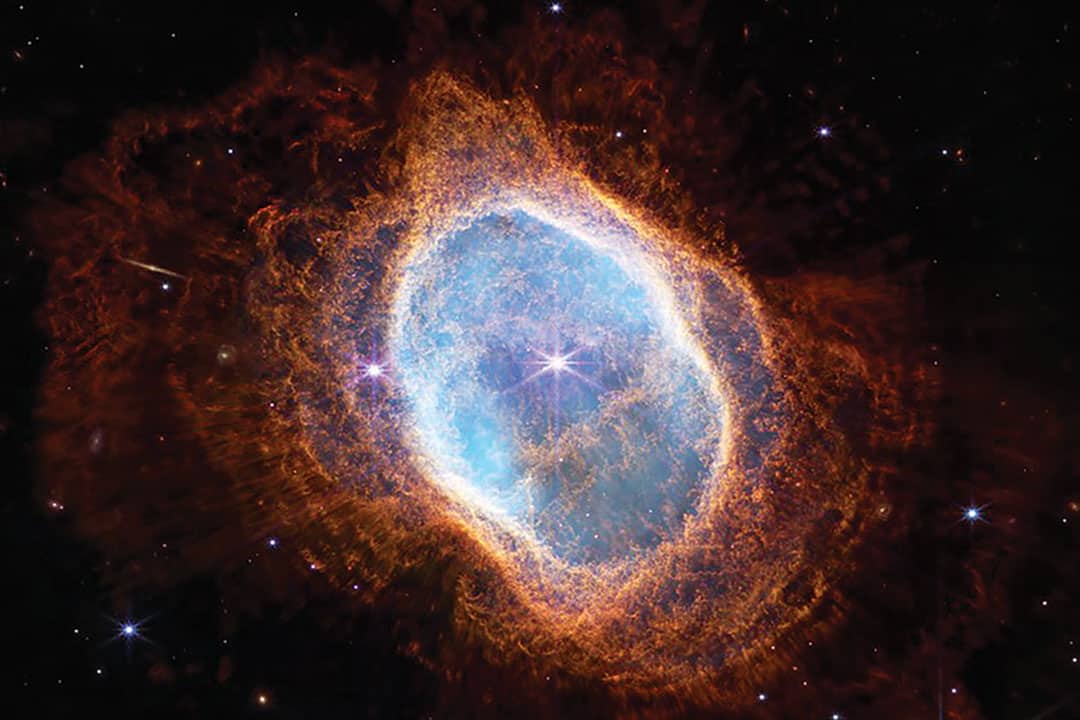Launched in December 2021 as a collaboration between NASA, the European Space Agency, and the Canadian Space Agency, the James Webb Space Telescope (JWST) is the largest optical telescope in space.
NASA hopes the telescope will eventually look through the atmospheres of exoplanets, detect some of the earliest galaxies in the universe, and explore objects that are too small or too faint to be detected by the previously launched Hubble Space Telescope. The difference between the JWST and Hubble is that the JWST will largely use infrared resolution to look at the universe, whereas Hubble primarily used optical and ultraviolet resolutions.
At its current location of the Second Lagrange Point, L2 — nearly one million miles away from Earth — the telescope is orbiting the Sun at an ideal location that allows it to have a wide view of the universe, while also allowing it to maintain the cool temperature that its optics and scientific instruments require.
Around six months after its launch, NASA released five images that were taken by the JWST over time. One of the most popular photos is of SMACS 0723, a galaxy cluster that shows some of the smallest astronomical objects ever seen. This image, also known as Webb’s First Deep Field, was made by the scientists at NASA by combining images taken by the JWST at different infrared wavelengths over a period of 12.5 hours. The magnificent result allows us to see how the galaxy cluster would have looked around 4.6 billion years ago.
Along with this image, NASA also released images including data that display the atmospheric composition of WASP 96b, providing evidence of water on planets outside of our solar system, as well as the Southern Ring Nebula — an expanding gas cloud around a dying star that is located more than 2,000 light years away. Other images include those of Stephan’s Quintet, a group of galaxies found in the constellation Pegasus, and Carina’s Nebula in the southern constellation Carina.
While studying these objects, the researchers were able to use the telescope to learn more about the phases of stellar formation and the compositions of newly forming stars. Additionally, the initial detection of water in the transmission spectrum of WASP-96b could lead to the study of other planetary systems and their compositions.
Recently, NASA has also released images of the Orion Nebula and the structures found inside of it, along with never-seen-before exoplanets such as HIP 65425-b, and Jupiter and its auroras, rings, and moons that have not previously been observed by Hubble.
Although these are just some of the images that have been released in the last few weeks, we can expect great discoveries in the field of astronomy thanks to the JWST. Yes, we did have Hubble in the past, and it has helped build a strong foundation to provide us with an idea of what is out there, but now with the JWST, we will be able to explore things never seen before while building on the information that we already have.


